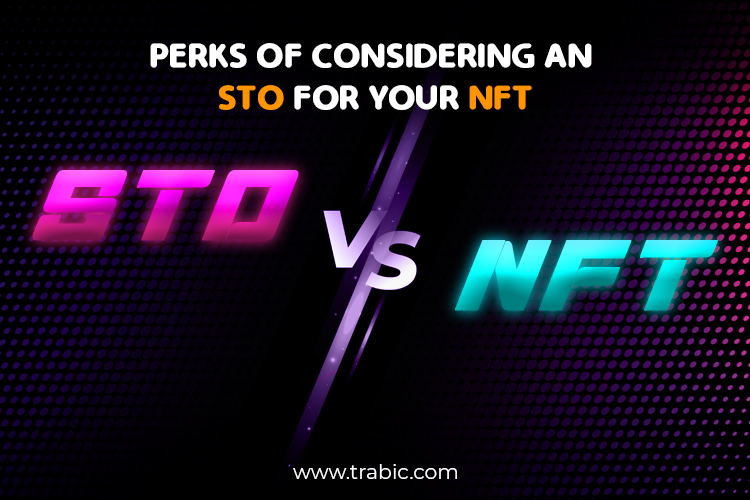2020-21 is the year of blockchain. We have seen the rise of NFTs, cryptocurrencies have become more mainstream than ever, decentralized finance has become a hot topic, and security tokens have become a phenomenon. Security tokens have been hyped enough, and STOs are believed to be the next growth market for blockchain technology. Because of their similarity in these elements, STOs are frequently compared to NFTs, and the comparison is justified. Both STOs and NFTs are means of proving ownership of assets presented in various ways.
NFTs use blockchain to prove ownership of assets; in hindsight, STOs do the same. Not all sass are connected, but you can easily replicate ownership of tangible assets. The concept behind STO is relatively simple. Unlike ICOs, where tokens are considered a currency or vehicle of utility, STOs are securities and assets regulated by government authorities. Again, the main difference between STOs and NFTs is that STOs are regulated assets. NFTs, on the other hand, still need to be regulated, even though they offer similar ownership rights. Determining whether an NFT is secure is generally based on its characteristics and may vary case-by-case basis.
For instance, you have a sample of the art you collect to appreciate. This NFT is not classified as a security. However, NFTs that provide ownership of financial assets or homes are classed as a security, technically as security tokens. Over a few months, numerous discussions have been regarding the legality of a few NFTs. This is particularly relevant to the subdivision of NFTs, which completely changes the purpose and characteristics of NFTs. This has yet to be resolved, and many regulatory bodies are exploring these recently discovered structures and aiming to form a framework around them.
Even in the relatively new cryptocurrency space, STOs and NFTs are entirely new entities, presenting opportunities and risks for creators and investors. If you are currently in a position to conduct an STO for an NFT project, you may find yourself in strategic and emotional turmoil. This article comprehensively lists seven things to consider when initiating an STO for your NFT project. Some of these considerations are included to develop a better understanding of the various terms involved, some are to develop practical knowledge, and some are for avoiding serious consequences. It is listed here to
1. STOs are fundamentally different from ICOs
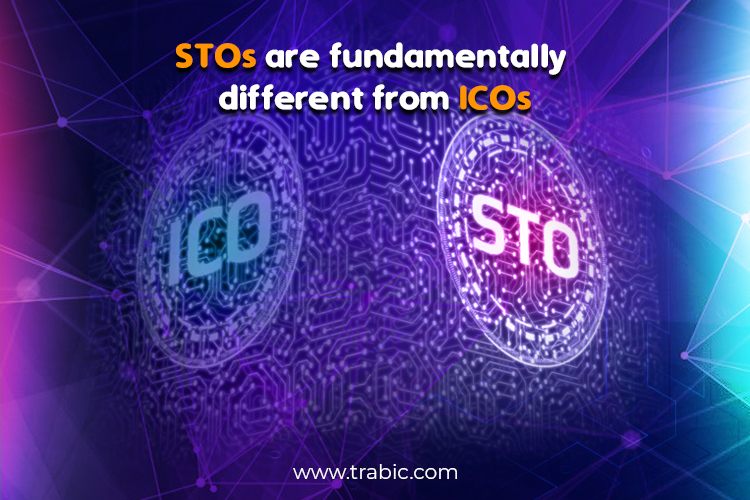
STOs and ICOs are early offerings of coins or tokens to investors willing to enter the ground floor of new cryptocurrency-based projects. During these events, emerging projects raise investors’ funds for development and growth. For this reason, STOs and ICOs are often compared to IPOs, where a company raises capital by selling its shares. However, the critical difference between STO and ICO lies in the regulation and classification of tokens offered. Known for their lack of regulation and oversight, ICOs allow the sale of “utility tokens” to early investors.
In some cases, projects are on track and profitable. However, in many other cases, the project fails or is even viewed as an outright scam. As a result, many in the cryptocurrency industry called for increased regulation. Although the idea is simplistic and incomplete, an STO can be viewed as a regulated ICO or an ICO with the approval of a regulatory body. This idea is embodied in the following considerations:
2. Security tokens are different from utility tokens
As mentioned above, ICOs often offer “utility tokens” to early investors. One of the main differences between STOs and ICOs is that STOs do not have a utility token sale. Instead, STOs provide investors with “security tokens.” Let us start with a simple definition of both these types of tokens.
Utility tokens are unique to that ecosystem. For example, we can only use Brave’s Basic Attention Token (BAT) to tip content creators via the Brave browser or other applications that integrate the BAT wallet, such as Twitter.
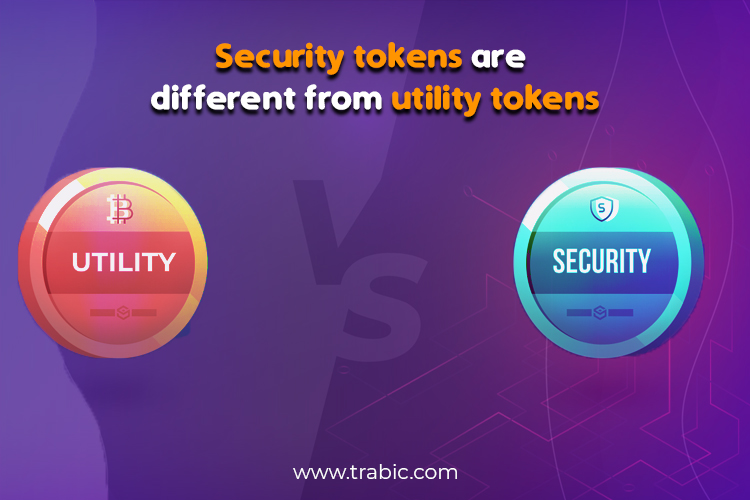
BAT has no use other than to guess its value. The same is true for any utility token. Utility Tokens are not minable cryptocurrencies. They are often pre-mined, developed all at once, and distributed in accordance with the team behind the project. For example, ETH, an Ethereum token, can be used to launch decentralized apps (dApps).
A security token is a cryptocurrency token that represents ownership of a project’s equity or real-world assets. A security token is a material or digital instrument that delivers 2FA, or two-factor authentication, for users to verify their identity during the login process. It is typically utilized as a form of verification for physical access or as a procedure for computer system access. A token is an item or card that depicts or includes security data regarding a user and can be demonstrated by the system.
Security tokens can be used in or in addition to traditional passwords. They are most commonly used for access to computer networks but can also rescue physical permits to buildings and function as electronic signatures for documents. For example, Nexo’s token, NEXO, is classified as a “restricted security.”
The fundamental difference between security tokens and utility is that security tokens give rights to a company. Think of them like digitized decentralized stocks. Financial regulators like the SEC, or Securities and Exchange Commission, categorize security tokens as securities, so they are subject to similar rules as bonds, stocks, ETFs, and other securities. Utility tokens are not presently classified as securities, but there is the presumption that they may one day be categorized as such. These tokens are not meant to describe an investment like security tokens are, but that is not the most noteworthy thing for regulators. The SEC uses the Howey Test to decide whether an investment is a security.
There is no reason why security tokens are inherently more valuable than utility tokens (or vice versa). Still, security token sales can provide investors with significant peace of mind in some cases. The reason is that they represent some form of ownership. On the other hand, utility tokens may be more purely speculative.
3. The Howie test determines the existence of a “security.”
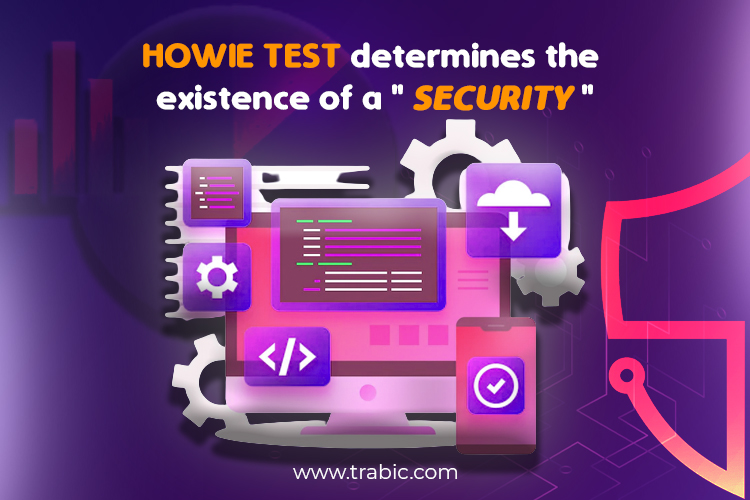
While the simple definitions above make it quick and easy to distinguish between utility and security tokens, whether a particular coin or token utilizing blockchain technology is classified as security rests on the Howey test. Will be Introduced by the U.S. Supreme Court in 1946, the Howey test is still used today by the SEC (Securities and Exchange Commission) to distinguish between securities and non-securities. The Howey test determines that an investment is a security if the following four conditions are met:
- Money buys investments.
- The investment is involved in a “joint venture.” A general enterprise is any entity, such as a corporation or a cryptocurrency project, that functions to benefit or harm multiple parties simultaneously.
- Investments are made with the expectation of future profits.
- Profits are earned through the efforts of individuals who are not investors.
Before proceeding with your STO plans, consider the Howey test and whether your NFT project coin or token meets its criteria.
4. NFTs are non-fungible tokens
NFTs have become part of the mainstream conversation, but many still need to understand what they are on a technical level. The truth is NFTs and cryptocurrencies are not synonymous. Not all cryptocurrencies are NFTs, but all NFTs are cryptocurrencies. Non-fungible tokens are, by definition, distinct from each other. As such, BTC (for Bitcoin), ETH (for Ethereum), and XRP (for Ripple) are not classified as NFTs. BTC, ETH, and XRP are all interchangeable. 1 BTC is the same as any other BTC, and so are ETH and XRP.
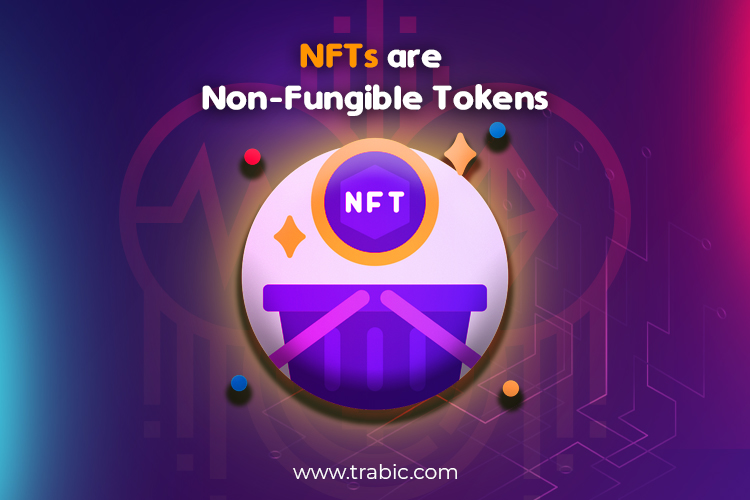
NFTs are irreplaceable due to the assets they represent. Art is among the most familiar use cases for NFTs. If you create an NFT for a particular work of art, for example, a painting of a beautiful sunrise, that NFT is not identical to another NFT you create for another work of art, such as a painting of a starry sky. This consideration is essential if you are considering an STO for your NFT project. This means that STOs can be more complex than STOs for non-NFT projects.
Non-NFT projects can quickly sell coins and tokens without considering who gets which token because they are identical, but NFT projects sell NFTs of multiple assets. If so, pay special attention to how you do it. Your STO sells its tokens. Alternatively, the situation could be much simpler if the STO sells divided ownership in one NFT asset. For example, real estate NFTs are growing in popularity. If the NFT represents ownership of the new resort, you can safely sell the divided ownership of that resort with the NFT during the STO.
5. Must register unless your STO qualifies for an exemption
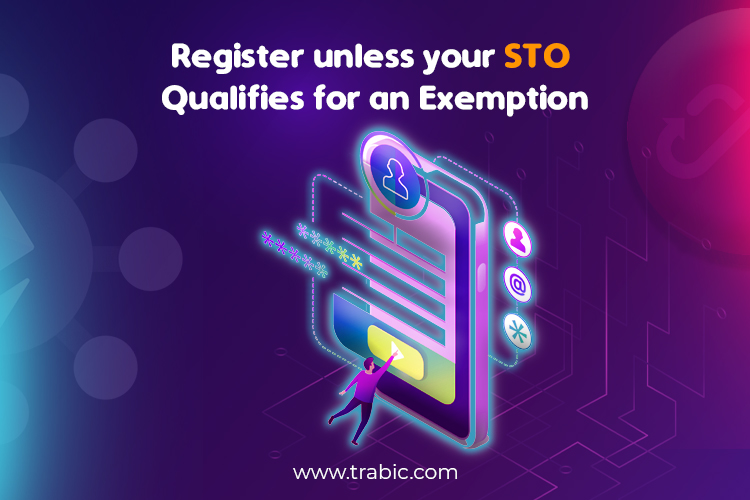
Recall that the main difference between STOs and ICOs is regulation. This means it is essential that the STO is approved by the SEC – unless the project qualifies for an exemption. Some of the most common exemptions covered by STOs include the following:
- Regulation D
- Regulation A+
- Regulation CF
- Regulation S
Not surprisingly, the regulatory environment for STOs and cryptocurrencies generally is very complex. Unless you have a thorough knowledge of all relevant regulations, we recommend you consult an STO attorney to ensure your STO is legal and adheres to all required guidelines.
6. What type of ownership does your NFT represent?
As we began our discussion in Consideration 4, NFTs represent ownership of some asset. For example, 1 BTC is only 1 BTC, but ownership of an NFT represents ownership of artwork, real estate, or something else, such as a tweet.
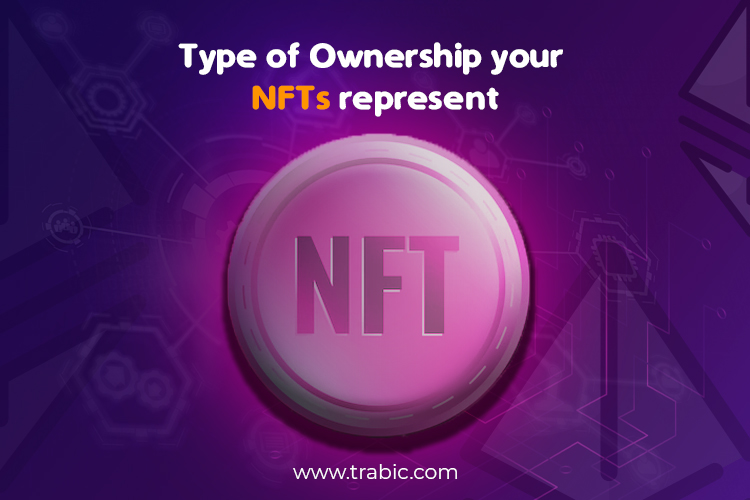
Before we are ready to launch an STO, we need to understand precisely what NFT stands for. As mentioned in Consideration 4, to achieve this clarity, a decision needs to be made as to whether the STO will sell fractional ownership of one NFT or various individual NFTs. The latter case is much more complicated.
7. On which platforms will STO be launched?
As the entity initiating the STO, you can choose the platform you want to utilize. Various platforms can handle launches, and the list is constantly growing. Some more commonly used platforms for starting an STO today include Polymath, Harbor, and Securitize. When planning to launch your STO, you should carefully consider your options and choose the platform that best suits your needs. Some specific factors that influence your decision are:
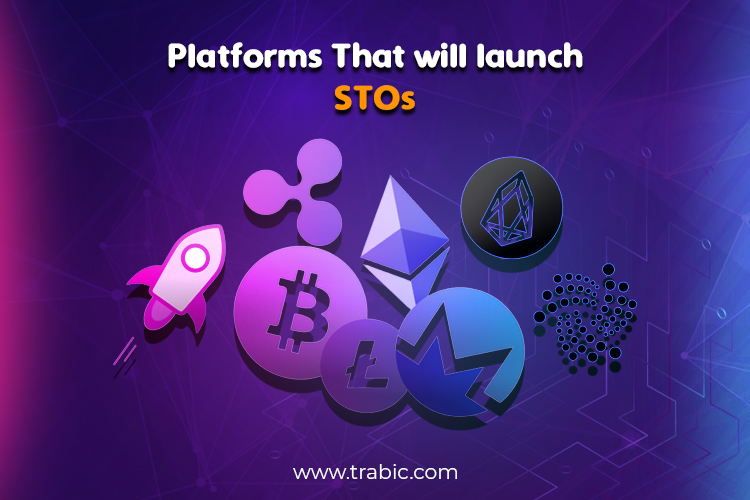
Price:
If you need more resources, check the associated fees for launching an STO on all viable platforms.
Potential audience:
We need to understand that each platform has its audience. You can do your marketing, but choosing a platform with more users can also be lucrative.
Ease of launch:
This consideration includes the user interface and all other factors associated with how straightforward or complicated it is to access the platform.
Reputation:
Especially since we are talking about complying with regulations and ensuring that everything is “above the bar,” you must double-check that your platform is legal.
This list of seven things to consider before starting an NFT project STO will help you understand some of the complexities of your venture, but it’s not exhaustive. As you can see, to launch an STO project, you must comply with regulations and legality. Especially since it can be costly, seek the help of a professional with the knowledge and skills to assist you in reaching your top prospect and maximizing your chances of success. It makes sense to invest. For these reasons, investing in NFT and STO lawyers is very wise. Keep in mind that the expenses associated with fee charges while hiring such attorneys are likely to be far overshadowed compared to the benefits of a safe and successful STO launch.
